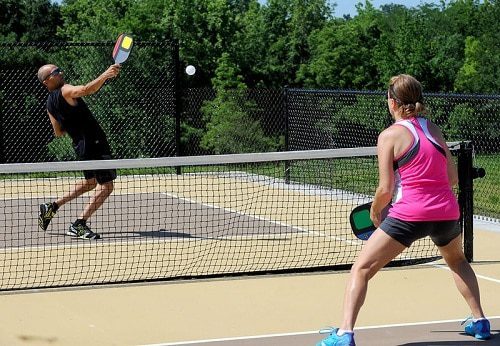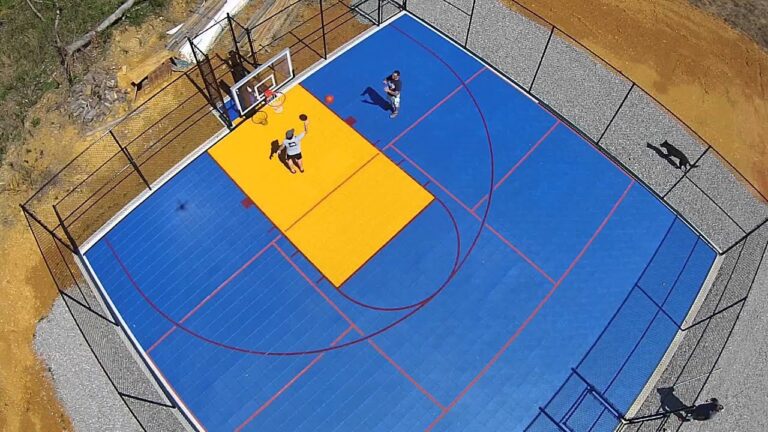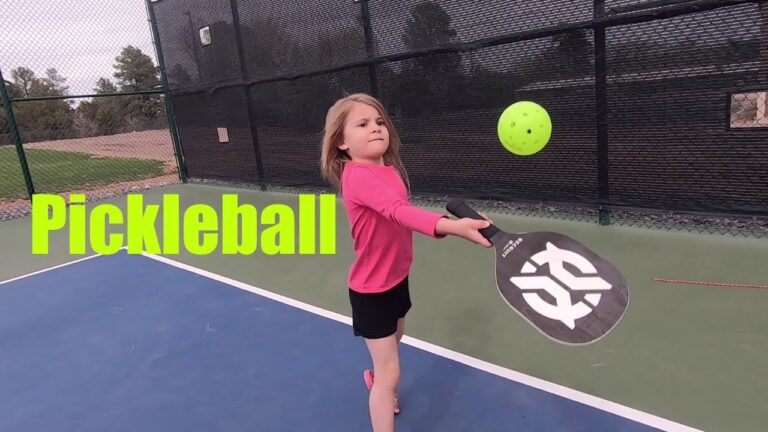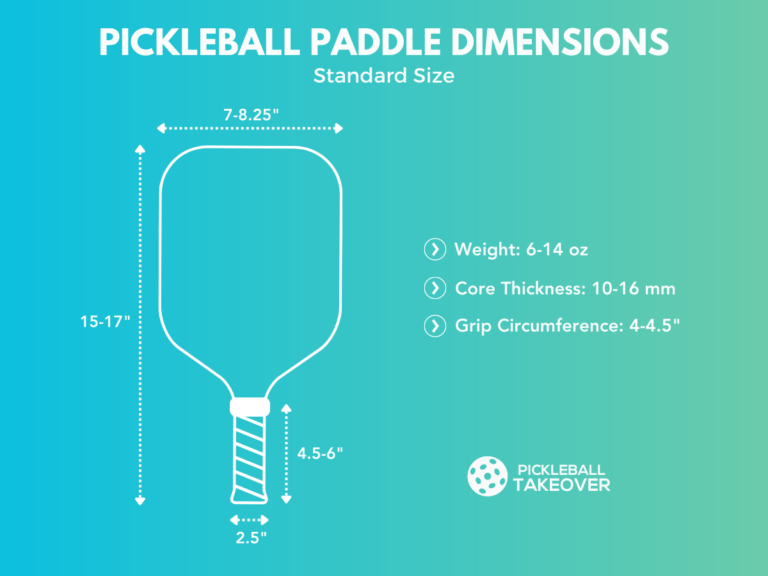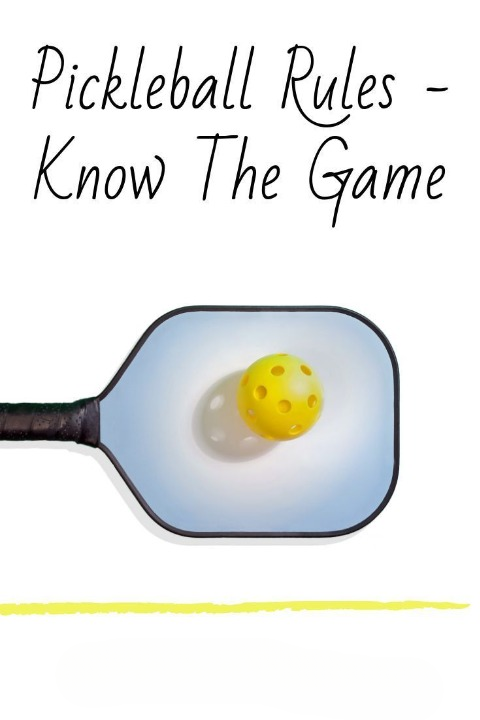Starting Strong: Pickleball Rules for Beginners
Start your pickleball journey, aiming at Pickleball Rules for Beginners, with an underhand serve from behind the baseline, aimed diagonally to your opponent’s court. Stay out of the ‘kitchen’ or non-volley zone during a volley to avoid faults, and keep your volleys sharp to control the game’s pace. Only the serving team scores points, so dominate that ball! Differences crop up in depending if you play singles or doubles games. Finally, equip yourself with a paddle, pickleball specific balls, and comfortable gear. Looks simple, doesn’t it? There’s more to these basics if you want to fully grasp the sport’s essence. Keep exploring!
Main Points
- Beginners should serve underhand, with the paddle below the waist, and feet planted behind the baseline.
- The kitchen is a non-volley zone; entering during a volley is considered a fault.
- Mastering volley techniques, such as hitting the ball before it bounces, is key to aggressive play and scoring.
- In scoring, only the serving team makes points, and the game is usually won with a 2-point margin.
- Essential equipment includes a pickleball paddle, balls specific to the sport, and comfortable attire for easy movement.
Understanding the Serve
Let’s explore understanding the serve in pickleball, an essential first step that jumpstarts the game and sets the tone for fair gameplay. The serve is a vital aspect of the game, and it’s important to get it right.
First, remember, you must serve underhand. You can’t just slam the ball over the net; you’ve got to keep your paddle below your waist when you hit the ball, ensuring a clean, legal serve. Additionally, your feet should be firmly planted behind the baseline when serving. This isn’t a suggestion—it’s a rule. You need to make sure you’re complying with these serving guidelines to avoid faults and keep the game moving smoothly.
Next, take note of the non-volley zone, also known as the ‘kitchen‘. Your serve needs to clear this zone to be considered in play. Aim to serve diagonally to the opposite court, just like in tennis. If your serve lands in the kitchen or doesn’t reach the opposite court, it’s considered a fault.
Getting your serve right is key. It sets the pace and strategy of the game, so practice makes perfect. Keep these rules in mind, and you’ll be serving like a pro in no time.
Mastering the Kitchen Rules
In the game of pickleball, mastering the rules pertaining to the ‘kitchen‘ or the non-volley zone can greatly influence your gameplay strategy and success. This 7-foot area on each side of the net is off-limits for volleys. Stepping into the kitchen during a volley is a fault, handing the point to your opponents.
But don’t avoid the kitchen altogether. You can enter it anytime, just not when volleying. This rule promotes strategic play near the net, without giving anyone an unfair advantage by smashing volleys close to the net. It’s a critical balance, but a vital one, as these rules promote fair and enjoyable pickleball gameplay.
The Importance of Volley
Understanding the importance of volley in pickleball is essential in your journey to becoming a proficient player.
It’s not just about hitting the ball before it bounces; mastering techniques like the punch and angle volleys can greatly enhance your offensive capabilities.
A good volley can help you maintain control, put pressure on your opponents, and ultimately dictate the pace of the game.
Mastering Volley Techniques
Mastering volley techniques in pickleball is key to controlling the game‘s pace and keeping your opponents under pressure. This essential shot requires you to hit the ball before it bounces, giving you more control and allowing you to attack more effectively.
Whether you’re playing at the non-volley zone line or making strategic plays, volley skills are crucial. These skills enable you to execute quick, strategic moves that catch your opponents off guard.
By developing strong volley skills, you can shift into a more aggressive style of play. This allows you to maintain pressure on your opponents, and with the right placement, you can control the game.
Volley’s Role in Scoring
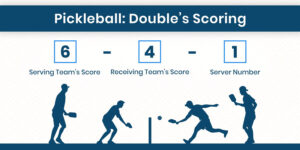
Now that you’ve gotten a handle on mastering volley techniques, let’s explore how these skills can greatly impact your scoring in pickleball.
A volley, hitting the ball in the air without letting it bounce, can put substantial pressure on your opponents. Your control of the game’s pace can be amplified by a well-executed volley. This strategic move helps you maintain offensive momentum, a key component in scoring.
Moreover, by mastering the volley, you can place the ball in hard-to-reach areas, catching your opponents off guard. This aggressive strategy not just keeps your opponents on their toes but also boosts your chances of scoring.
Ultimately, understanding and harnessing the power of the volley can greatly enhance your pickleball gameplay.
Scoring in Pickleball
In pickleball, it’s essential to remember that only the serving team scores points, typically aiming for 11 in casual games and up to 15 or 21 in tournament settings. The win by 2 rule applies here, meaning a team must lead by at least two points to clinch the game.
Your team’s score determines your court position during the serve. If your score is even, you’ll serve from the right court, but if it’s odd, you’ll serve from the left court. This is a fundamental rule, helping maintain the flow of the game and ensuring fairness.
Now, you might be wondering, who serves first? The player who served first in the game will be in the right court if the score is even and in the left court if it’s odd. It’s important to keep track of your score because it directly impacts your court position and subsequent strategy.
Understanding scoring in pickleball is a critical part of mastering the game. Remember, only the serving team has the chance to score, and your score determines your position on the court. Always aim to win with a margin of at least two points, especially in tournament games.
Playing Singles Vs Doubles
Whether you’re playing alone or teaming up, pickleball offers two engaging formats: singles and doubles. In singles, you’re the sole player on your side of the court. This format demands more court coverage and a display of individual skill. Your serving positions depend on the score – serve from the right for even scores and from the left for odd scores. The singles format presents a more strategic challenge, as you alone control your destiny on the court.
On the other hand, doubles is a popular choice among pickleball players. With a teammate by your side, you share court coverage, reducing the physical burden. The emphasis here is on teamwork and communication. Strategic coordination with your partner becomes essential to outplay your opponents. Unlike in singles, both you and your partner get a chance to serve, increasing the opportunities to score.
Understanding these differences can help you choose the format that suits your playing style. Whether you prefer the individual challenge of singles or the cooperative gameplay of doubles, pickleball has something to offer everyone. So, pick your format and enjoy the game!
Essential Pickleball Equipment
After deciding on your preferred game format, it’s time to gather the necessary gear for a great game in pickleball. The essential equipment you’ll need includes a pickleball paddle, pickleball balls, and appropriate attire.
- Pickleball Paddle: Your pickleball paddle could be a wood paddle or a composite paddle. The choice depends on your personal preference and budget. Regardless, the paddle should be lightweight for easy handling and effective strikes.
- Pickleball Balls: These are unique to the sport. They’re lightweight, with holes like a wiffle ball, and are designed to fly straight and true.
- Comfortable Clothes and Shoes: Dress in comfortable clothes and shoes that allow for swift and easy movement around the pickleball court.
Whether you’re engaging in singles play or doubles play, these are the fundamental equipment you require. Remember, the pickleball court has specific dimensions and a particular net height, so make sure to familiarize yourself with these details before starting your game.
With the right gear and a clear understanding of the rules, you’re all set to enjoy the exciting game of pickleball.
Frequently Asked Questions
How Do You Play Pickleball in Simple Terms?
You play pickleball on a small court, serving diagonally. Only the server scores. You must let the ball bounce once before volleying. Stepping on the non-volley zone during a volley is a fault.
What Is the Golden Rule Pickleball?
The Golden Rule regarding Pickleball is simple: position your shots in locations where your opponents aren’t. It’s about intelligent play, not power. Watch your opponents, aim for open areas, and steer clear of their strong sides. That’s it!
What Is the Best Way to Learn Pickleball for Beginners?
You’ll best learn pickleball by starting with basics. Grasp the scoring system, perfect your underhand serve, and understand the two-bounce rule. Get familiar with the non-volley zone and play beginner-friendly games to improve.
How to Keep Score in Pickleball for Beginners?
To keep score in pickleball, remember only the serving team scores. Games usually go to 11 points, win by 2. Your team’s score determines your court position. It’s a rotation system, so keep track.
Conclusion
Now you’ve got the basics pickleball under your belt! Whether you’re serving, volleying, or keeping score, remember that practice makes perfect.
Don’t shy away from the kitchen and try both singles and doubles games. And never forget, having the right equipment can make all the difference.
So, grab your paddle and ball, round up some friends, and enjoy this fun, fast-paced game. See you on the court!

